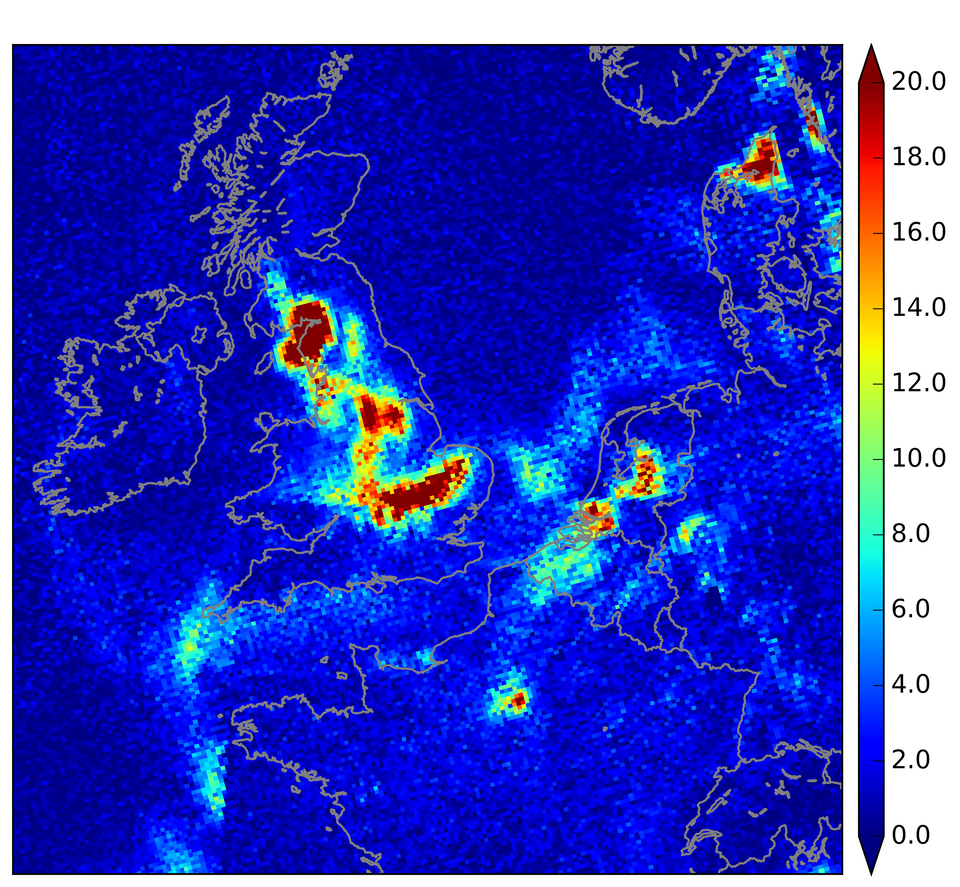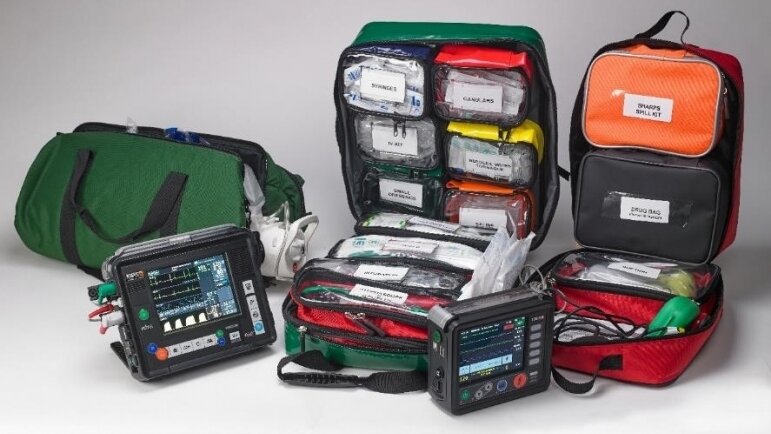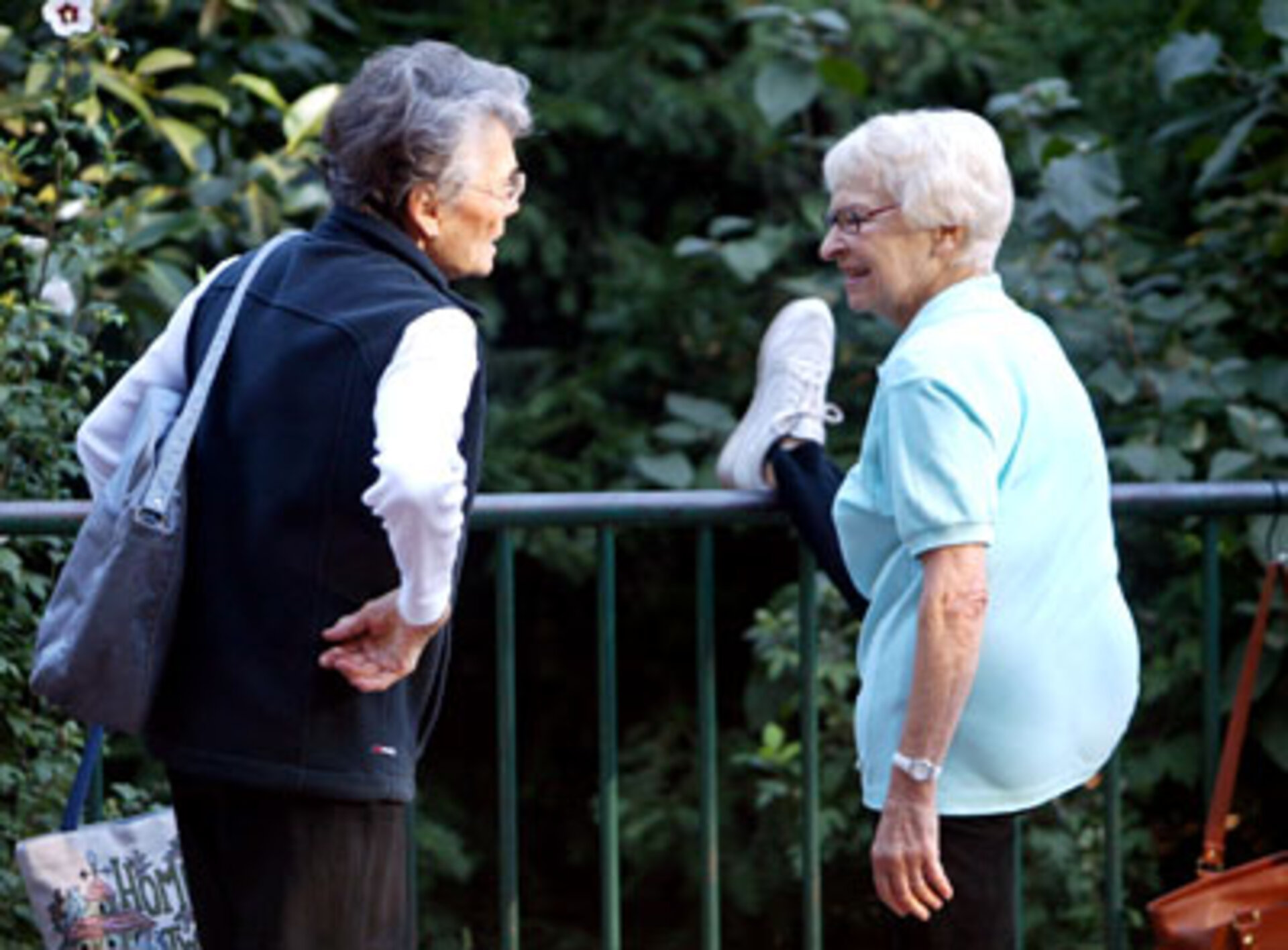Live long and prosper
The average human age has gone up dramatically in the last 50 years and most people lead a more urban lifestyle.
With this comes a wide range of health implications and challenges (e.g. physical and mental diseases due to ageing, inactivity disorders, development of epidemics, increasing cost for health systems…).
All current technological advances will have to be implemented to come up with fitting solutions. Big data, artificial intelligence, the cloud, wearable technology and the Internet of Things are just a few resources that can be used in this respect.
Space applications will also play an important role in terms of monitoring problems on the one hand and helping to find solutions on the other. There are several domains of competence within ESA that provide infrastructures, facilities, technology, knowledge, data and processes, which contribute towards health-related activities.

Earth observation, satellite communications, operations, technology, human spaceflight, and satellite navigation, each means used independently or in combination, all play an important role in benefitting human health on Earth.
Applications range from monitoring air quality to providing emergency relief in disaster areas and using satellites to enable data transfer for telemedicine purposes, for instance. In the last 15 years, ESA has set up a wide range of projects related to health (more than 150, half of them dealing with telemedicine).
For epidemiology for instance, using satellite positioning data in combination with Earth observation monitoring tools have resulted in commercial services (e.g. VECMAP) that, combined with spatial modelling techniques, can map a wide range of vector-spread diseases (such as Lyme, malaria, dengue fever, …).

Another project, called B-LiFE, has led to an operational service for biological and medical emergency response. B-LiFE is a transportable laboratory, which can be rapidly deployed in crisis environments.
Satellite imagery provides inputs for the selection of the best location to install the laboratory, GNSS data are used to track people and goods, while telecommunications allow internet connections at any time with the best medical expertise worldwide. During the Ebola crisis in 2016, B-LiFE contributed to save many lives.
Satellites can also play an important role in other instances when a rapid response time is of the essence. Think about a cardiac arrest at home or an accident in some remote area. SatCare is a project that targets the improvement of first-aid services using remote diagnosis and treatment of patients on board ambulances.

This direct communication with medical professionals at a hospital can save valuable time in diagnosing the patient on-site and starting appropriate treatment right away. Other tele-medicine applications, such as the AMAZON project and the use of ultrasound scanners remotely controlled via satellite, have also been successfully developed to aid medical carers and some of these led to major commercial achievements.
As the human population is getting older and more and more elderly people are cared for at home satellite applications, such as SmartCARE, TeLeCare and REACH, can enable remote nurse visits, post-stroke tele-rehabilitation, physiotherapy sessions, vital-sign monitoring or tele-diagnostics. In this way, many more people can be helped without the need for an extensive expansion of a country's health services.
These are just a few of the numerous applications for health that ESA is pursuing. An overview can be found on the Space for Health pages and you can find the status of many applications on https://artes-apps.esa.int/projects/theme/health.

On 27 June 2017, Eurisy, an association that raises awareness through good practices of satellite applications, supports end-users and provides feedback to policy-makers, is organising a conference for major players in the field of health and space applications.
This conference, attended by some ESA experts who will share their experience, will feature hands-on case studies about the use of satellite services for taking care of people remotely. By monitoring and modifying factors that affect health in urban and rural areas people can thus be aided to live autonomously and healthier for longer.




